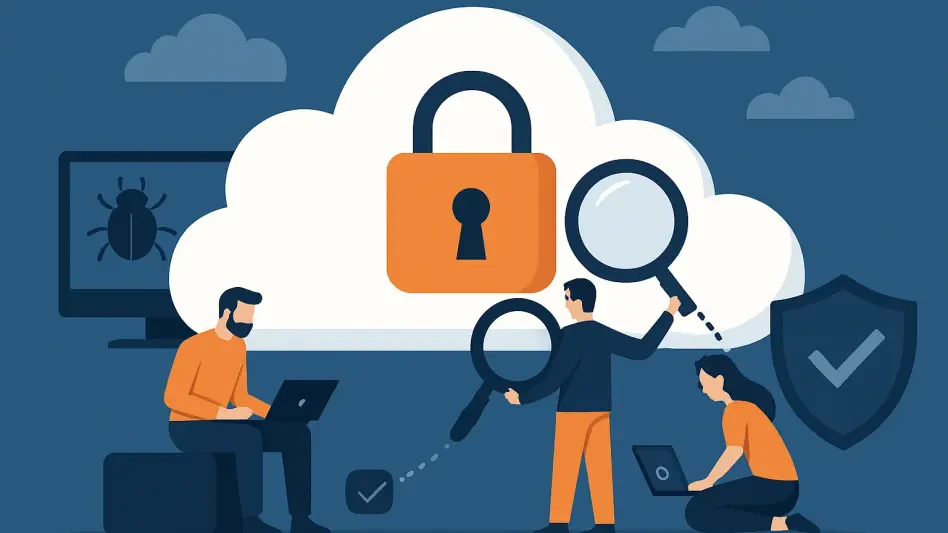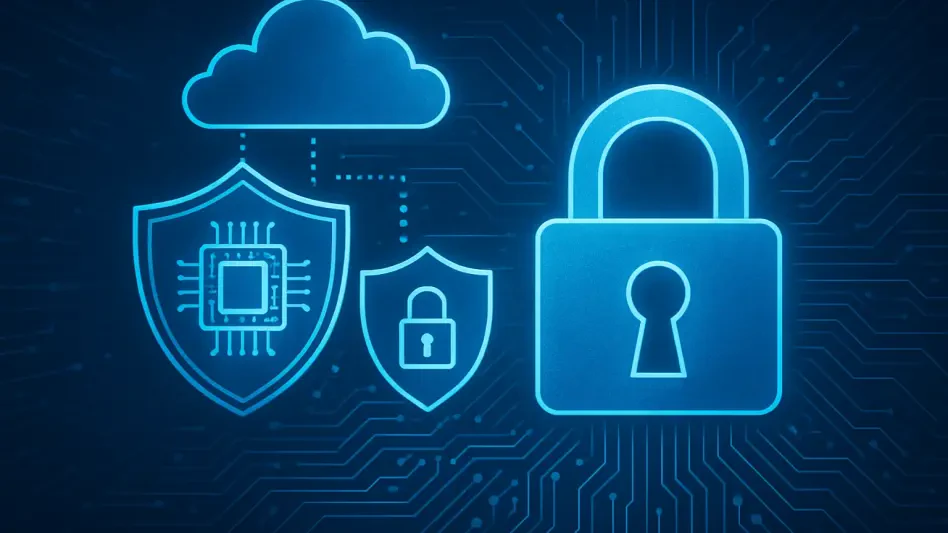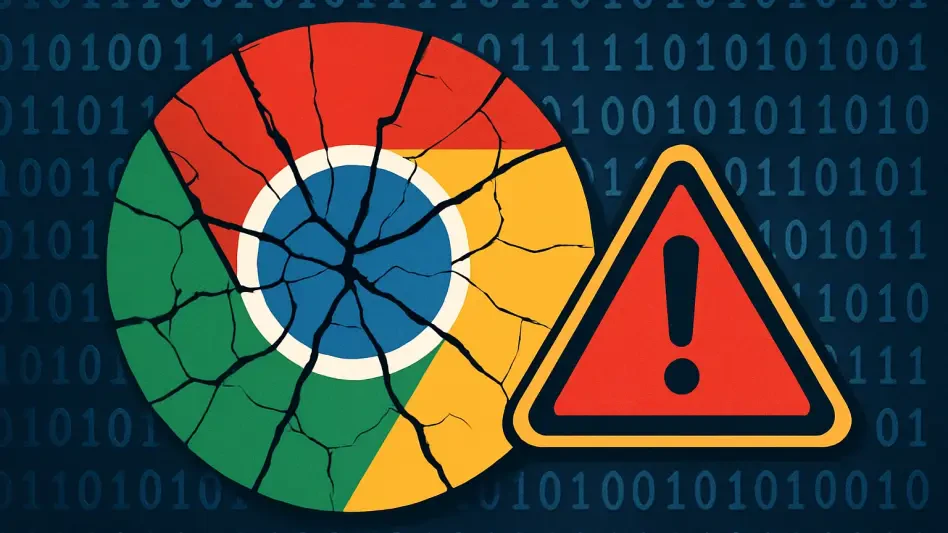In recent developments, U.S. government systems have faced significant cybersecurity threats from Chinese hackers, linked to a major vulnerability in Trimble Cityworks. As a platform vital for managing public assets utilized by numerous local government agencies, Cityworks’ security breach has become a high-priority concern. The threat group identified as UAT-6382 has exploited this vulnerability, CVE-2025-0994, since the beginning of the year. This zero-day vulnerability, scoring 8.6 on the CVSS scale, allows for remote code execution without authentication, enabling attackers to unleash malicious software on affected systems.
Local government agencies are confronted with severe risks as these hackers infiltrate network defenses, deploying web shells such as AntSword and customized tools like TetraLoader to establish a foothold. Once inside the systems, the attackers perform reconnaissance, deploying backdoors with PowerShell commands in their pursuit of long-term network access and data exfiltration. The implications of such breaches extend beyond immediate data theft, posing a significant challenge to the security and integrity of the infrastructure these agencies manage. The attackers’ advanced techniques underscore the need for urgent and robust cybersecurity responses.
Exploiting a Zero-Day Vulnerability
Trimble Cityworks has become the focal point of this cyber assault, where the zero-day vulnerability CVE-2025-0994 has been targeted by well-organized cybercriminals. UAT-6382, the group identified as the perpetrators, uses a combination of off-the-shelf hacking tools and bespoke malware to exploit this weakness. The vulnerability’s severity is underlined by its CVSS score of 8.6, marking it as a high-risk factor that can significantly compromise systems. The vulnerability allows attackers to execute code remotely, penetrating government networks with minimal obstacles.
The scale of exploitation has led security teams to prioritize halting the spread of such threats. Hackers have utilized web shells, such as AntSword and chinatso/Chopper, which allow for ongoing access and subsequent control within a hacked system. These web shells, alongside the Rust-based TetraLoader, help maintain persistence and provide the means to deploy additional malicious payloads. The hackers’ methodology reflects a deep understanding of the platform’s mechanisms, enabling them to conduct operations with precision and minimal detection. As a result, local government systems remain vulnerable to further compromise, placing public assets at considerable risk.
The Chinese Connection
Cisco Talos has been actively engaged in investigating these hacker activities and has collected linguistic evidence strongly indicating that the threat actors are Chinese-speaking individuals. This linguistic analysis has unveiled distinct patterns within their tools, from the web shells they deploy to the sophisticated MaLoader framework they utilize. Decoding these patterns has played a significant role in linking the attacks to potential Chinese origins, suggesting a concerted effort to target U.S. utility management systems.
This particular focus on utility management underscores the larger strategic implications of these cyber intrusions, posing a significant threat to the infrastructure management of these systems. The understanding that such threats may stem from highly organized entities heightens the urgency for institutions managing critical infrastructure to bolster their security protocols. The potential for these utilities to be disrupted by cyber operations not only threatens operational continuity but also highlights the evolving nature of geopolitical cyber conflicts. As this threat escalates, a comprehensive strategy involving detection and mitigation is imperative to protect vital public systems from sustained cyberattacks.
Strengthening Cybersecurity Defenses
In response to these breaches, coordination between Cityworks, CISA, and other security agencies has led to the development and release of security patches aimed at rectifying the CVE-2025-0994 vulnerability. Such a collaborative approach has underscored the necessity for agencies to promptly update their systems and software to shield against these sophisticated cyber threats. However, timely patching is only the first step in a comprehensive strategy required to counteract these persistent dangers. The coordinated response also reinforces the importance of cyber hygiene practices among agencies.
Cisco Talos recommends employing their range of security products to fortify defenses against targeted cyber operations. These tools offer enhanced detection capabilities, allowing systems to better identify suspicious activity. Additionally, network monitoring and continuous threat assessment play crucial roles in preventing future breaches. The incident at hand serves as a compelling reminder of the persistent nature of cyber threats and the need for constant vigilance. Remaining one step ahead of cybercriminals demands proactive measures, continual system defenses, and a dedicated commitment to protecting vulnerable systems in an increasingly interconnected world.
Future Considerations for Cyber Threat Mitigation
The U.S. government is grappling with severe cybersecurity threats from Chinese hackers, who have exploited a major vulnerability in Trimble Cityworks. This platform is crucial for managing public assets in various local government agencies, making its security breach a top concern. A threat group, UAT-6382, has been taking advantage of this vulnerability, identified as CVE-2025-0994, since early this year. This zero-day vulnerability, with a CVSS score of 8.6, allows remote code execution without needing authentication, facilitating the spread of malicious software on compromised systems.
As hackers infiltrate networks, local government agencies face significant risks. The attackers deploy web shells like AntSword and tools such as TetraLoader to secure their initial access. Inside, they perform reconnaissance, using PowerShell commands to install backdoors for enduring network presence and data stealing. The breaches’ implications extend beyond immediate data loss, challenging the security and stability of agencies’ infrastructures. These sophisticated techniques highlight the urgent need for strong cybersecurity measures.








